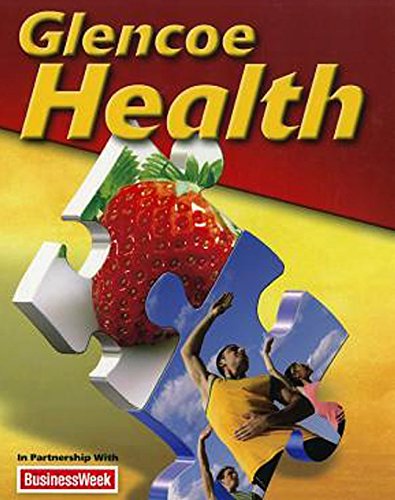
All Solutions
Page 814: Chapter 28 Assessment
See a primary care physician for an annual checkup, flu shot, or injury.
All doctor’s offices can handle emergencies, provide inpatient care, and have several doctors working in the same place.
$textit{Funding research for new treatments}$ is a job of the national health department and private companies.
text{underline{Benefits of a regular primary care physician consultation}}
$$
* Keeping a good ongoing patient-doctor relationship helps you be aware of your own health.
* You can feel a sense of comfort and trust if you regularly consult with the doctor of your choice.
* Primary care physicians know how to diagnose and treat your health concerns.
* general information
* complete summary of current health conditions
* past major physical or mental health concerns
* list of medications
* allergies
* immunization record
* family health history
* lifestyle and habits (such as diet, exercise, and living conditions)
* previous medical laboratory results
* previous hospitalizations
People who can’t avail of insurances at their workplace buy one individually, which costs more. Those who can’t afford any of the mentioned insurances can still be covered under a government plan depending on the country.
$textit{Health care}$ is an organized system of medical professionals working together to provide medical care to an individual or a group of people.
$textit{Smog}$ is the term for intense air pollution that reduces visibility.
$textit{Global warming}$ is the long-term rise in the Earth’s temperature caused by man-made pollutants that continue to build-up in the atmosphere.
$textit{Decibel}$ (dB) is a unit used to measure the level of sounds.
$textit{Air pollution}$ are caused by certain gases and solid or liquid particles suspended in the air.
Carbon monoxide ($CO_2$), sulfur dioxide ($SO_2$), and nitrogen oxides ($NO_x$) are also other components of air pollutants.
$textit{Ozone}$ is the most abundant component of smog.
* Minimize traveling by car that relies on petroleum. Ride a bike or taking public transportation.
* Turn off unused appliances and switch off lights if you’re about to leave the room.
* Additionally, home heating systems are also a source of air pollution. Wear extra layers of clothes during the winter and set the thermostat to just around 68 degrees F.
$textit{Recyclables}$ mean any used materials collected and reprocessed to become new useful objects.
$textit{Municipal solid wastes}$, also called trash or garbage, are unused everyday items that are thrown away.
$textit{Urban sprawl}$ is the uncontrolled expansion of city development such as houses, schools, buildings, and business centers onto undeveloped land.
$textit{Destruction of old farms and ranches}$ is a problem linked to urban sprawl.
Giving your old computer to a friend and repairing your old radio instead of throwing it away are examples of reuse.
Returning empty bottles to the manufacturer to be sterilized and refilled is recycling.
item Destroy wildlife habitats in the area
item Worsening water and air pollution
item Decrease in agricultural lands
end{enumerate}
Furthermore, there has been difficulty in obtaining fresh water in many communities because of low resources and pollution. Climate change has caused water shortages because of altered weather patterns such as floods and droughts. Worsening pollution deteriorates the quality of available freshwater and also contributes to climate change. There’s also an increasing demand because the human population continues to rise. Thus, even if our planet is mostly covered in water, many people would still have trouble accessing the water they need.
The second strategy is to $textit{reuse}$. Donate or sell old items instead of throwing them away.
The least effective strategy is $textit{recycling}$ because trash has already been made. However, this is still helpful because there are certain waste materials that can be reprocessed to become useful objects.

